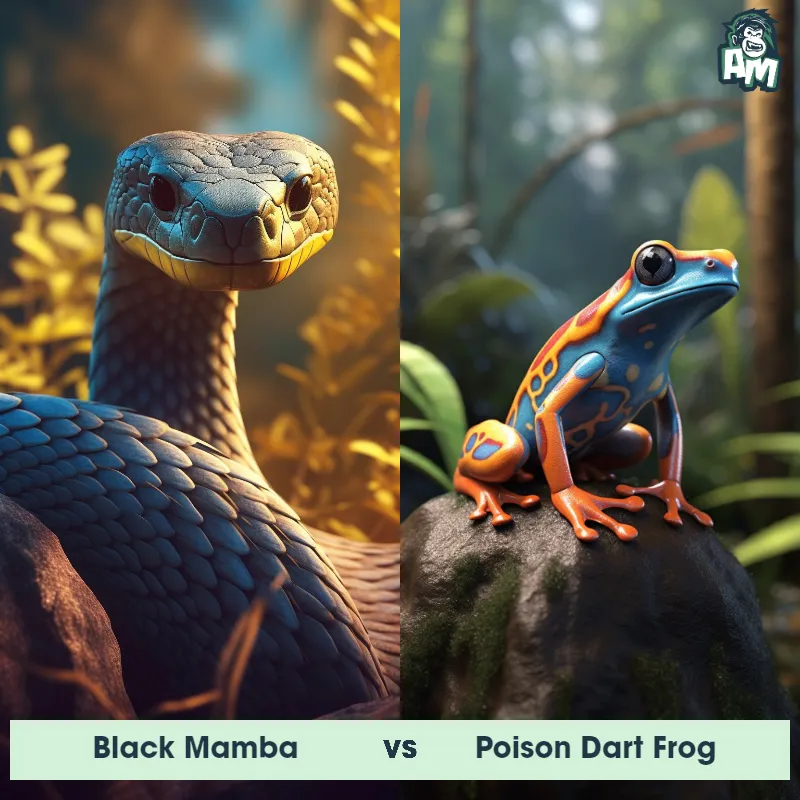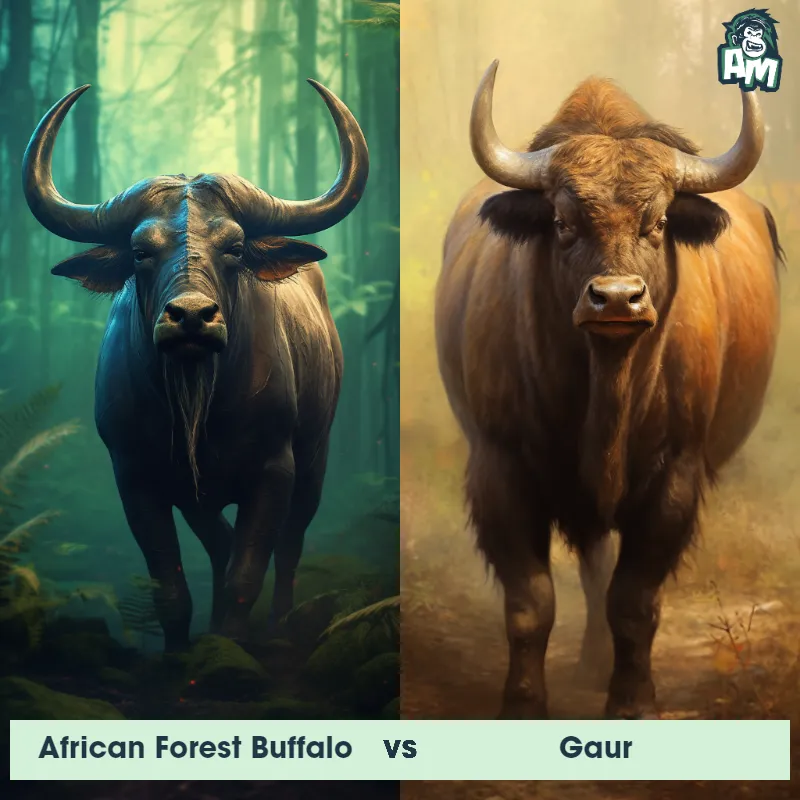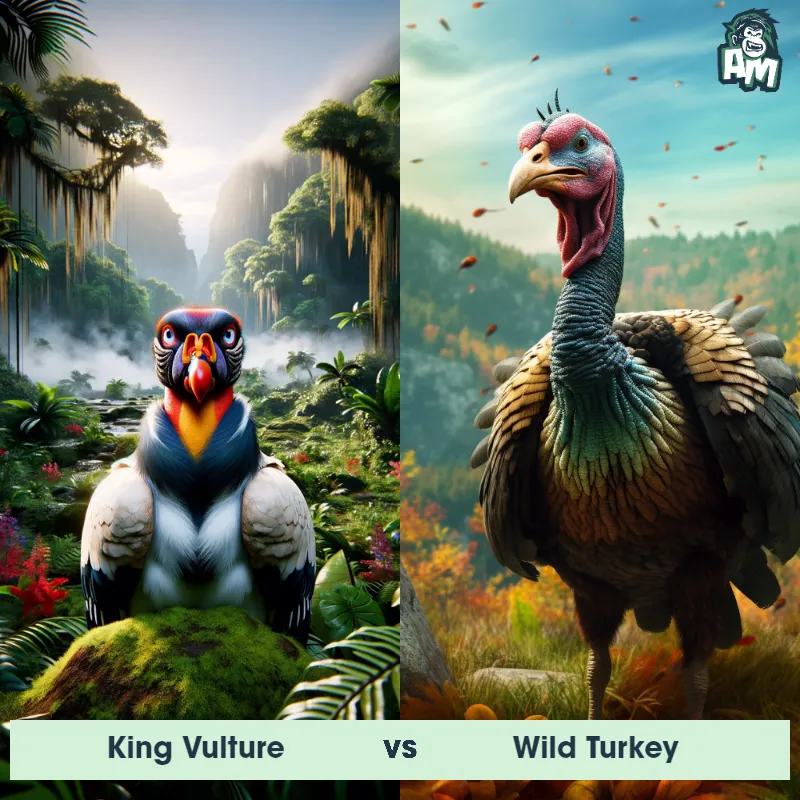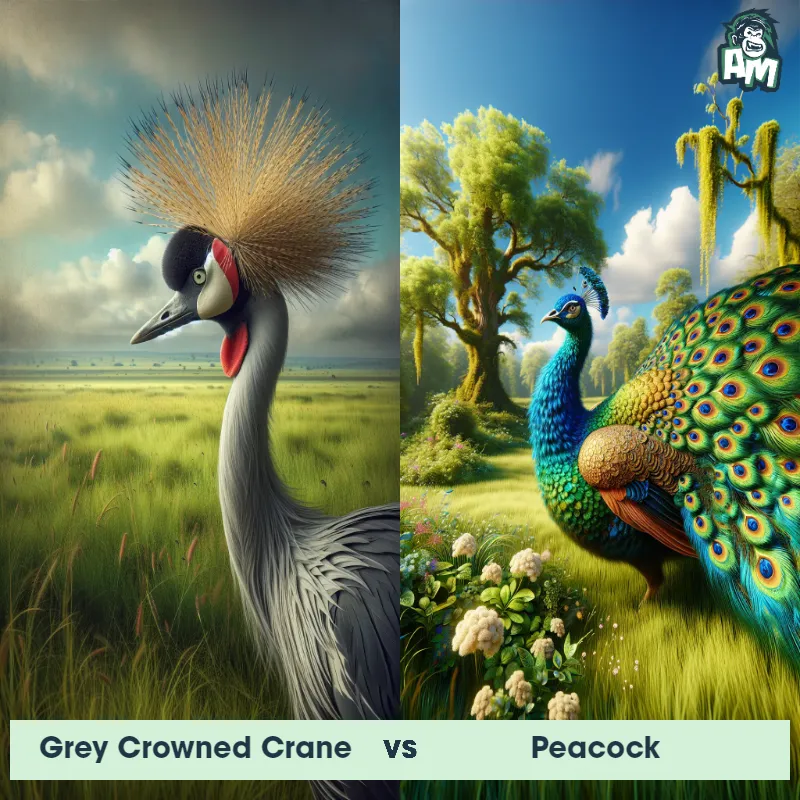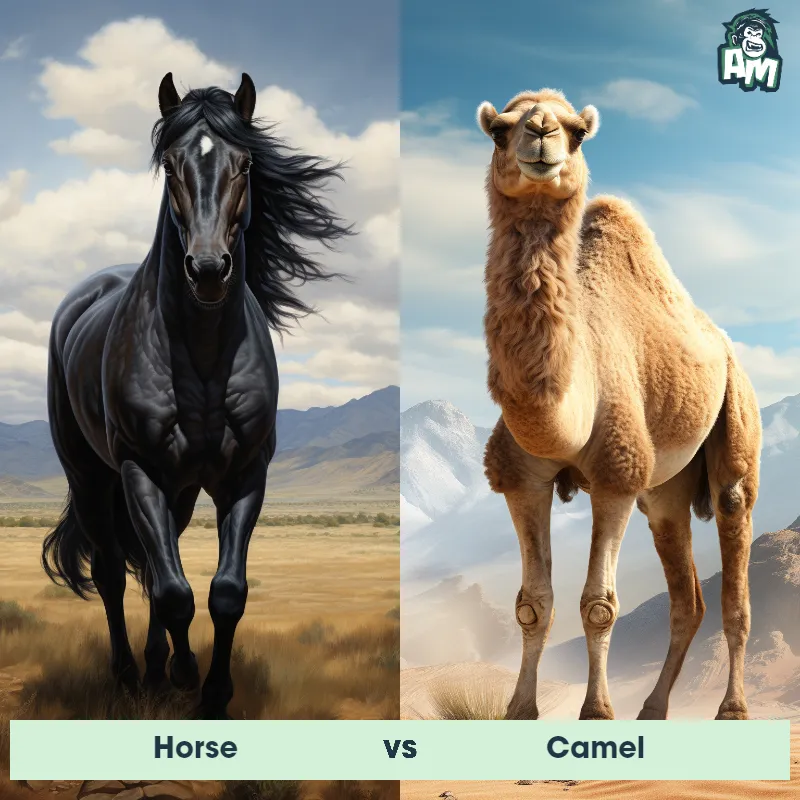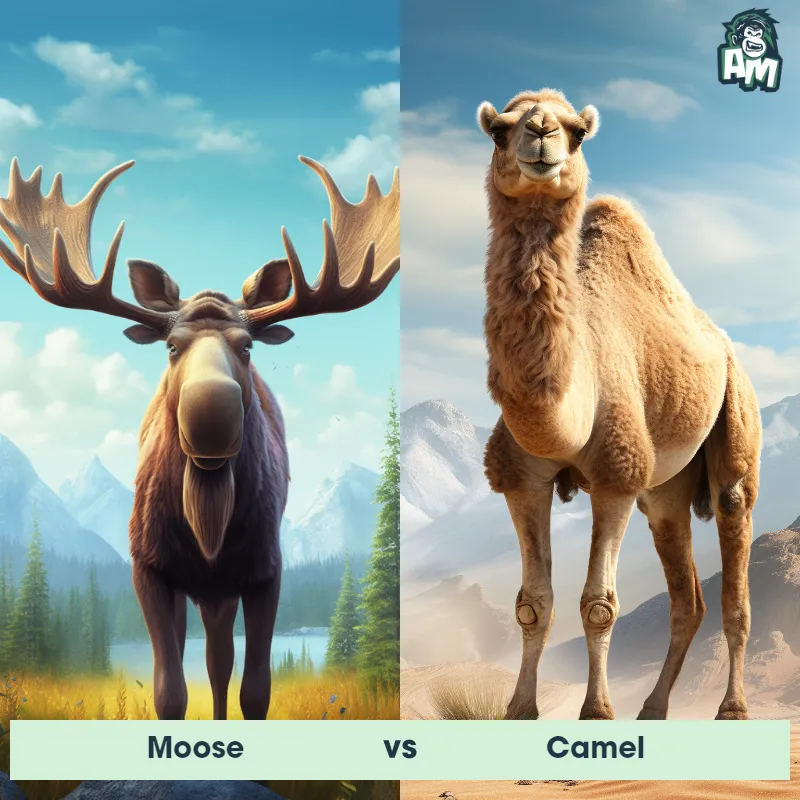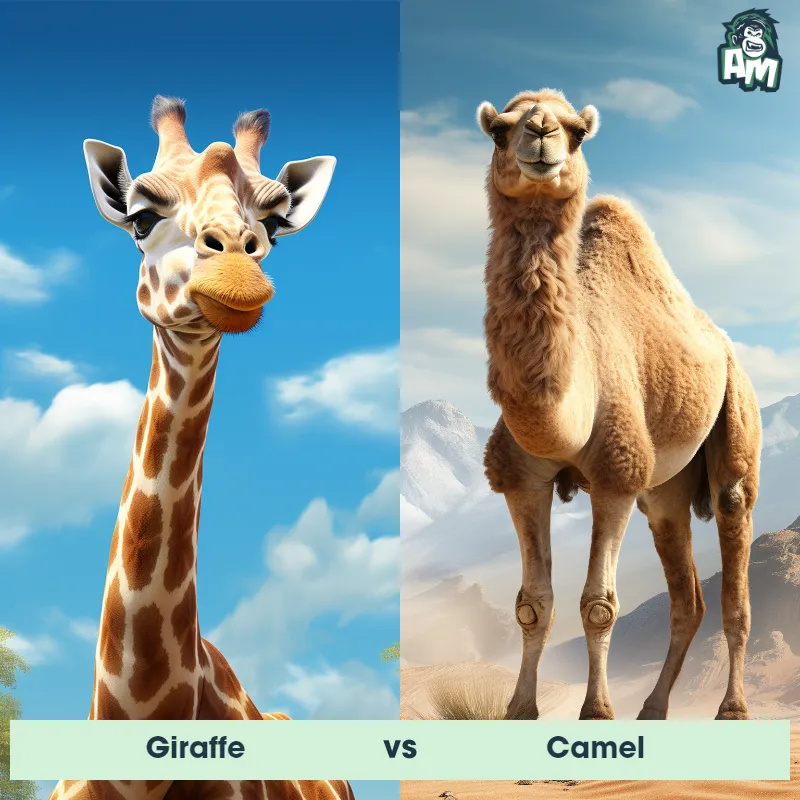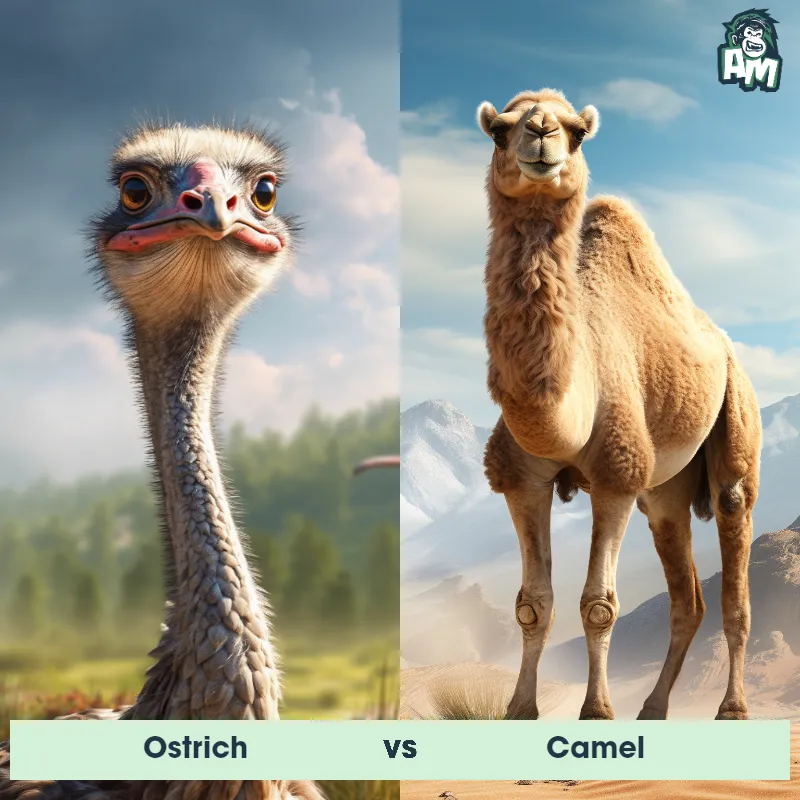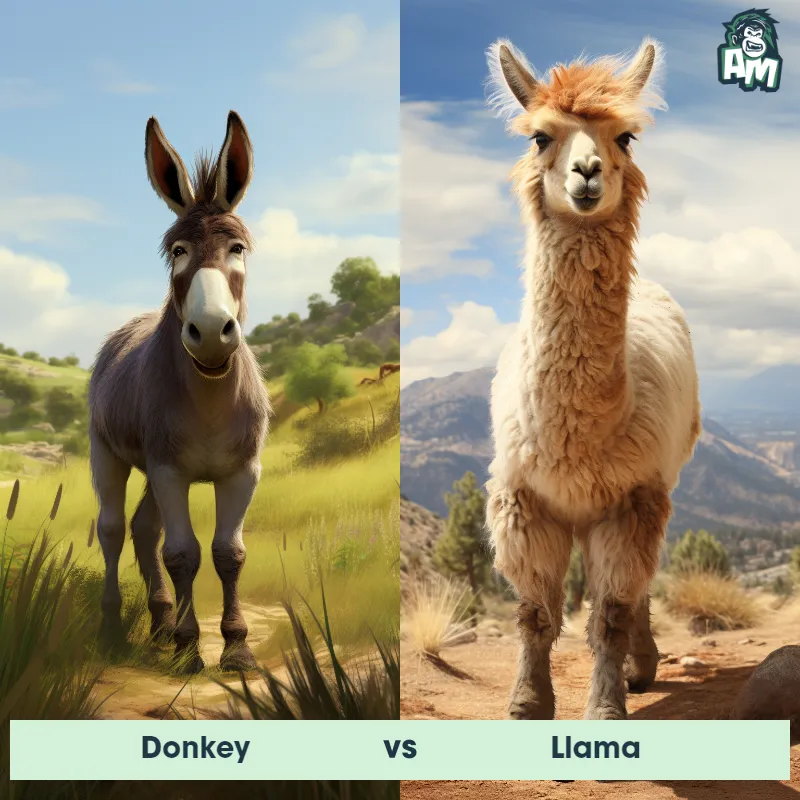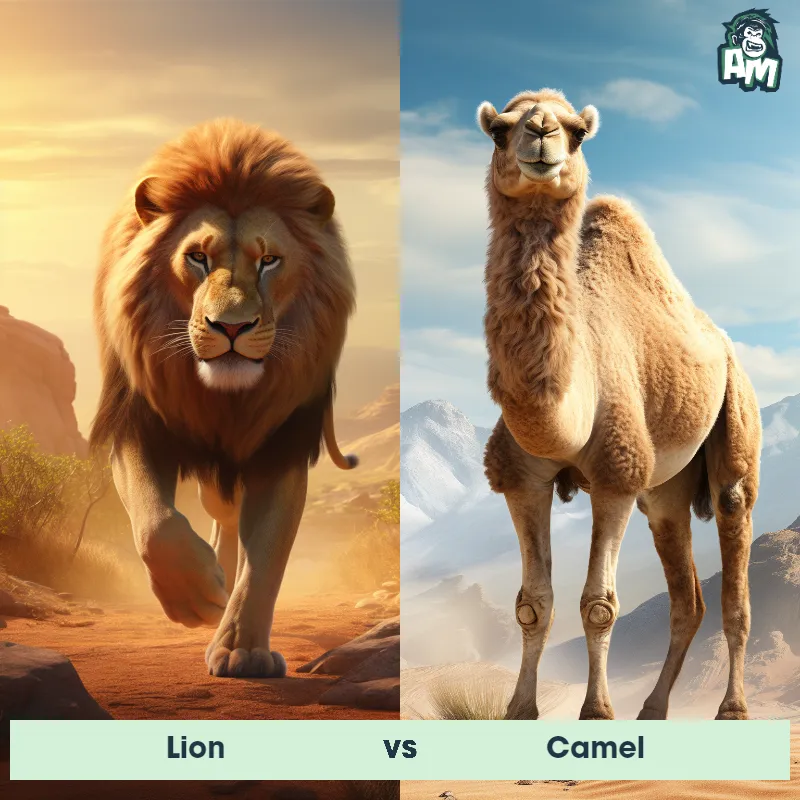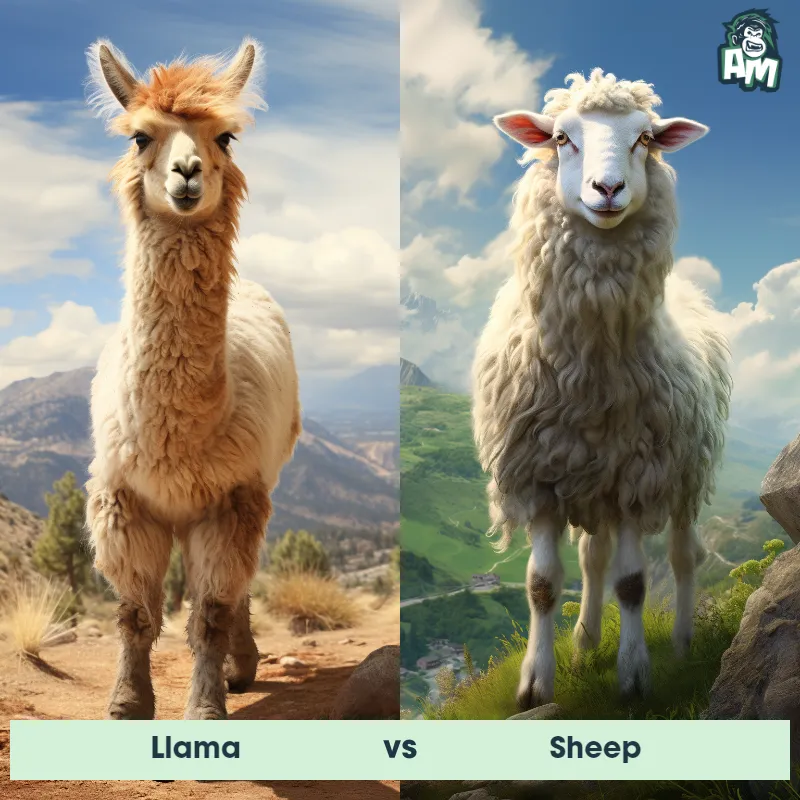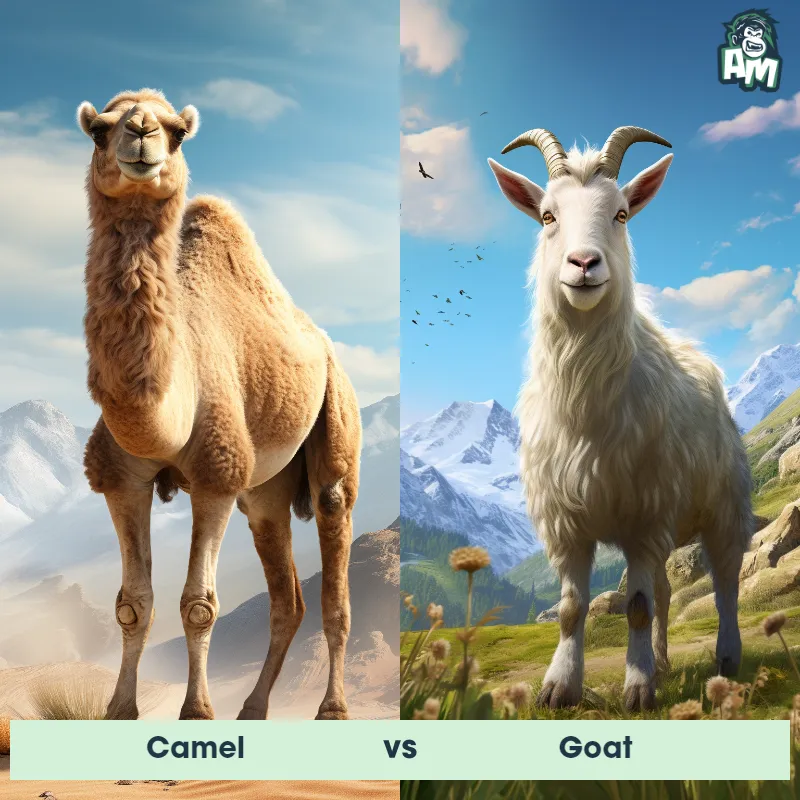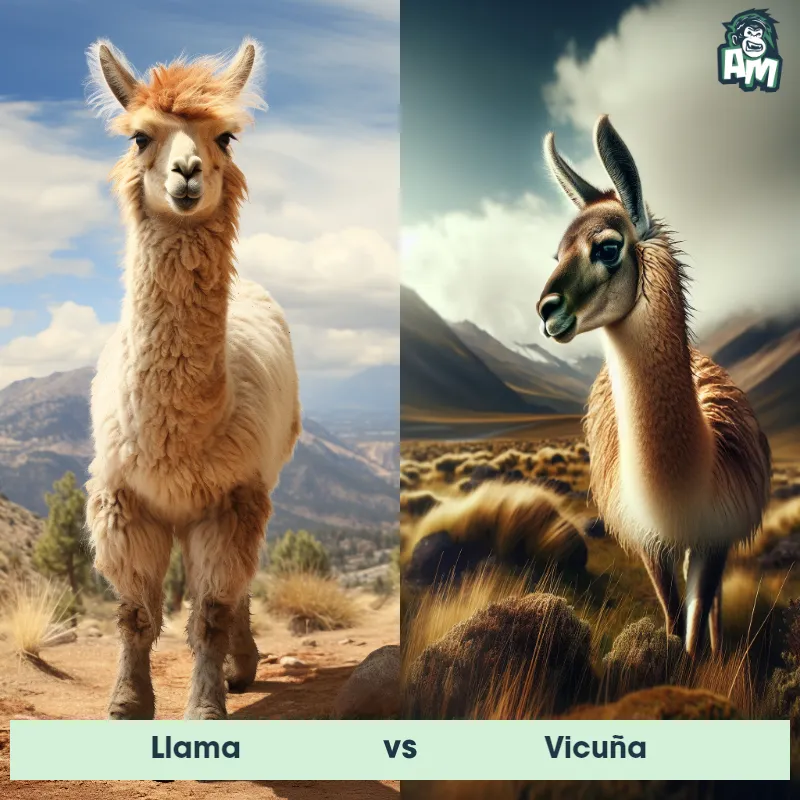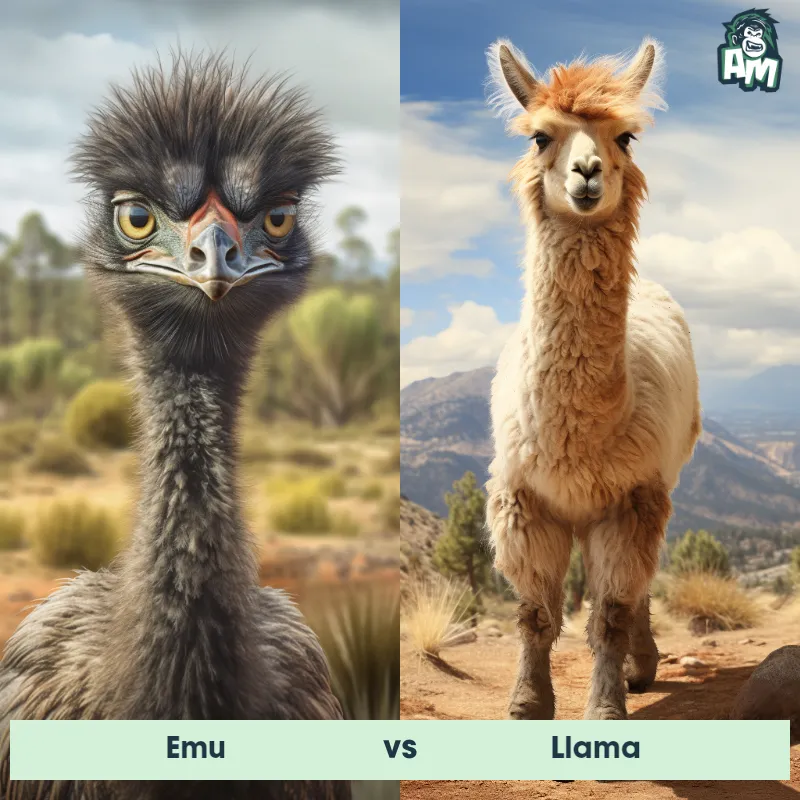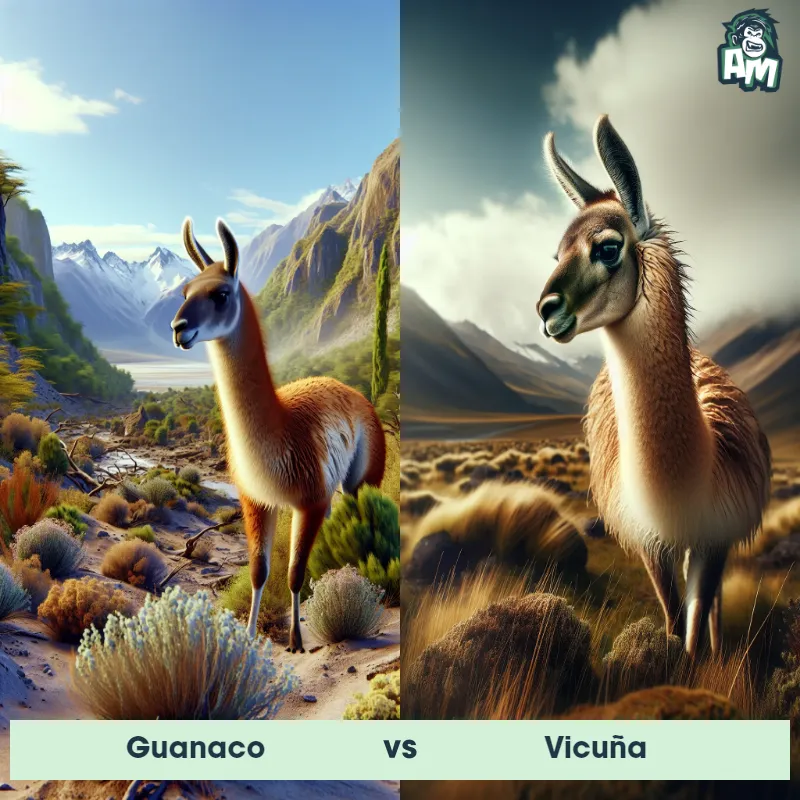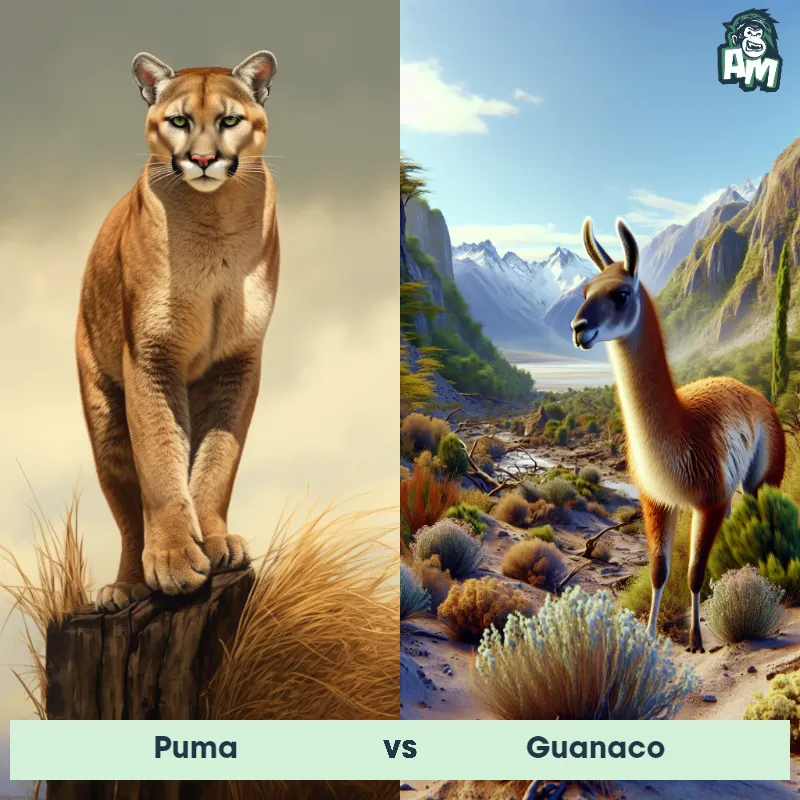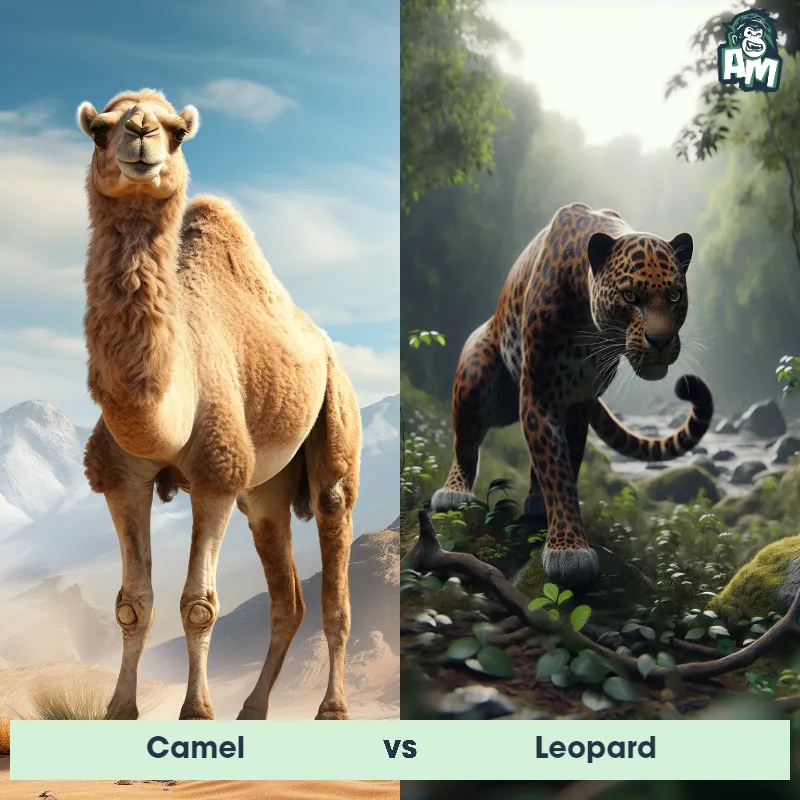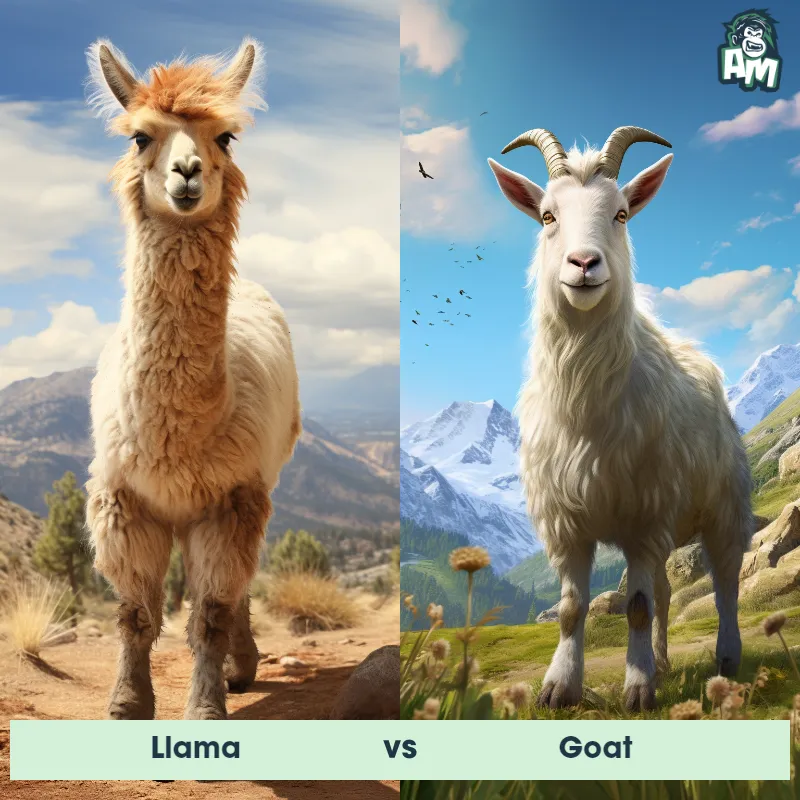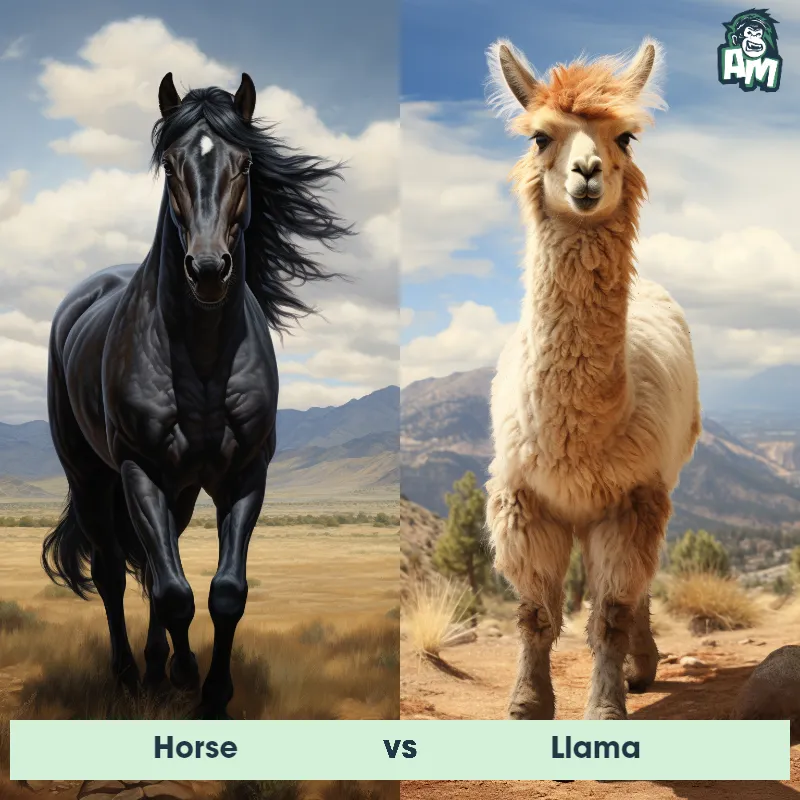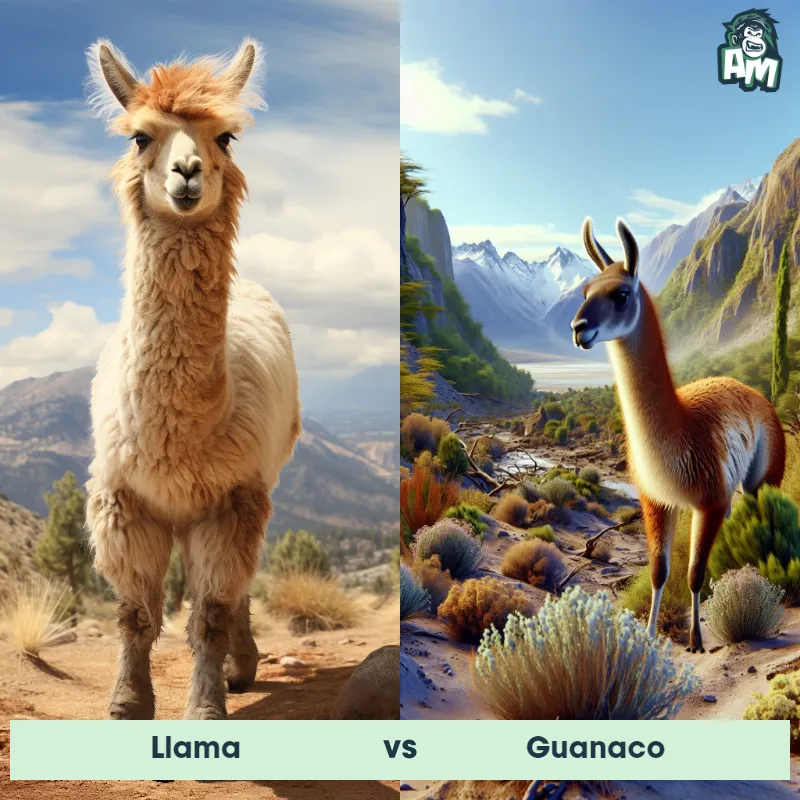Camel vs llamaSee Who Wins
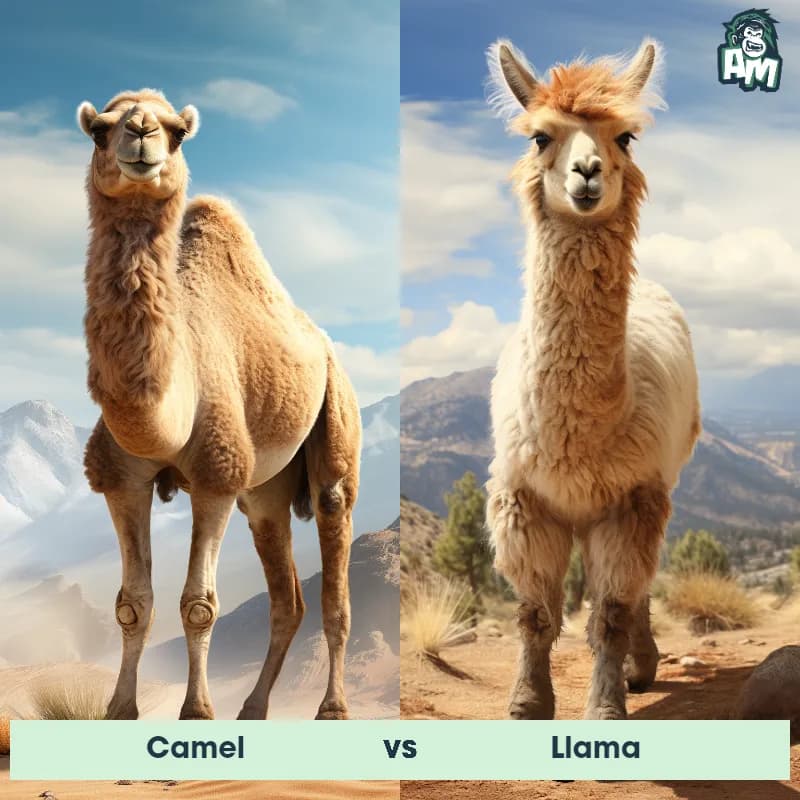
Welcome, sports fans, to an exceptional face-off between two endurance champions from the animal kingdom - a sturdy camel and a spunky llama, both are famed for their resilience in some of the world’s toughest environments. They’re in the ring now, eyeballing each other, flexing their muscles for an electrifying three-round showdown.
Contender 1: Camel
Camels are large, hardy mammals known for their distinctive humped backs, which store fat reserves to sustain the animal in harsh desert environments where food and water are scarce. There are two primary species: the dromedary camel, which has a single hump, and the Bactrian camel, which has two. Camels are well adapted to survive in extreme temperatures, with long legs, leathery pads on their feet to prevent sinking in the sand, and thick eyelashes and ear hairs to keep out sand and dust.
Fun Fact: Contrary to popular belief, camels do not store water in their humps - they are actually filled with fatty tissue that the camel can metabolize for energy when food is scarce.
Contender 2: llama
The Llama is a domesticated South American camelid, widely known for its use as a pack and meat animal by Andean cultures since the Pre-Columbian era. They have a large, elongated body standing on four legs, with a long neck and a small head. Covered in thick wool, llamas can come in a variety of colors, including white, black, brown, and gray. They are social animals, often living in herds, and are uniquely adapted to harsh environments, particularly high altitude regions.
Fun Fact: Llamas have an interesting way of communicating: they express themselves through a series of ear movements, body language, and humming sounds.
Matchup Stats
| Camel | llama | |
|---|---|---|
| Size | 6 feet at shoulder height (1.8 meters) | 5.6 to 5.9 feet tall at the shoulder (1.7 to 1.8 meters) |
| Weight | 1000-1500 pounds (450-680 kilograms) | 290 to 440 pounds (130 to 200 kilograms) |
| Speed | 40mph (64km/h) | 35mph (56km/h) |
| Key Strength | Strong legs and heavy body weight | Ability to spit, kick, and charge at opponents |
| Biggest Weakness | Limited agility due to size and body structure | Lack of sharp teeth or claws for defense |
Current Votes
Camel vs llama
See Who Wins
View More Matches
Looking For More?
Similar Matches
Scientific Stats
| Camel | llama | |
|---|---|---|
| Scientific Name | Camelus | Lama glama |
| Family | Camelidae | Camelidae |
| Habitat | Deserts, arid regions | Mountainous, high altitude regions |
| Geography | Middle East, North Africa, Central Asia | Native to South America, specifically the Andean region |
| Diet | Herbivore, eats thorny plants, dry grasses, and saltbush | Herbivore, primarily grazing on grasses and other vegetation |
| Lifespan | 40 years - 50 years | 15 years - 25 years |
Key Differences between Camel and llama
- Hump: Camels have one or two distinctive humps on their back, whereas llamas do not have any humps.
- Size: Camels are generally larger than llamas, with adult camels reaching heights of up to 6 feet at the shoulder, while llamas typically stand around 4 feet tall.
- Fur: Camels have a thicker and coarser fur, especially around their humps, while llamas have a softer and finer coat of fur.
- Ears: Camels have long, curved, and pointy ears, while llamas have shorter, straighter, and more rounded ears.
- Face shape: Camels have a more squared-off face with a prominent brow ridge, whereas llamas have a more elongated and slender face.
- Tail: Camel tails are short and stubby, while llama tails are longer and have a slight curl at the end.



